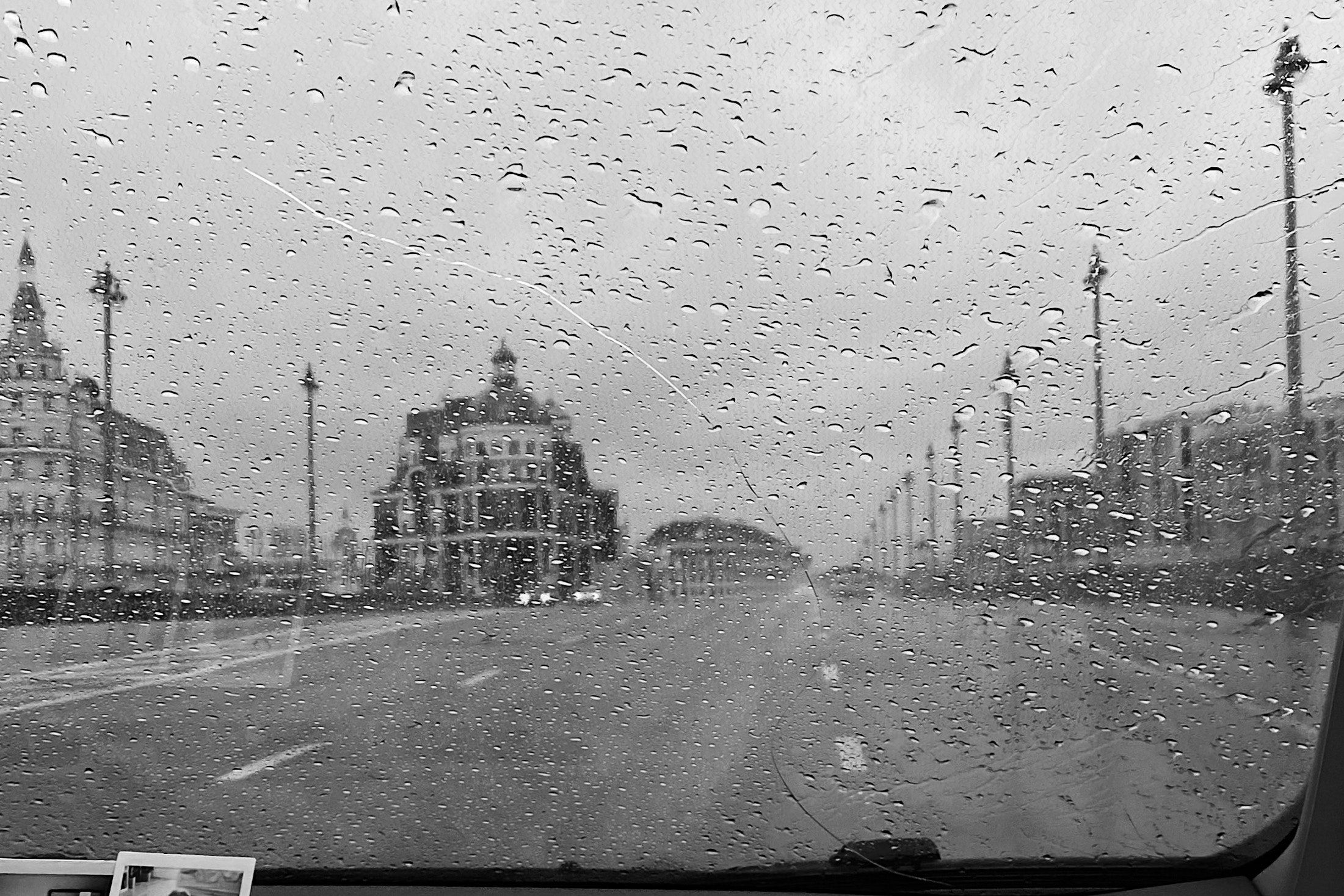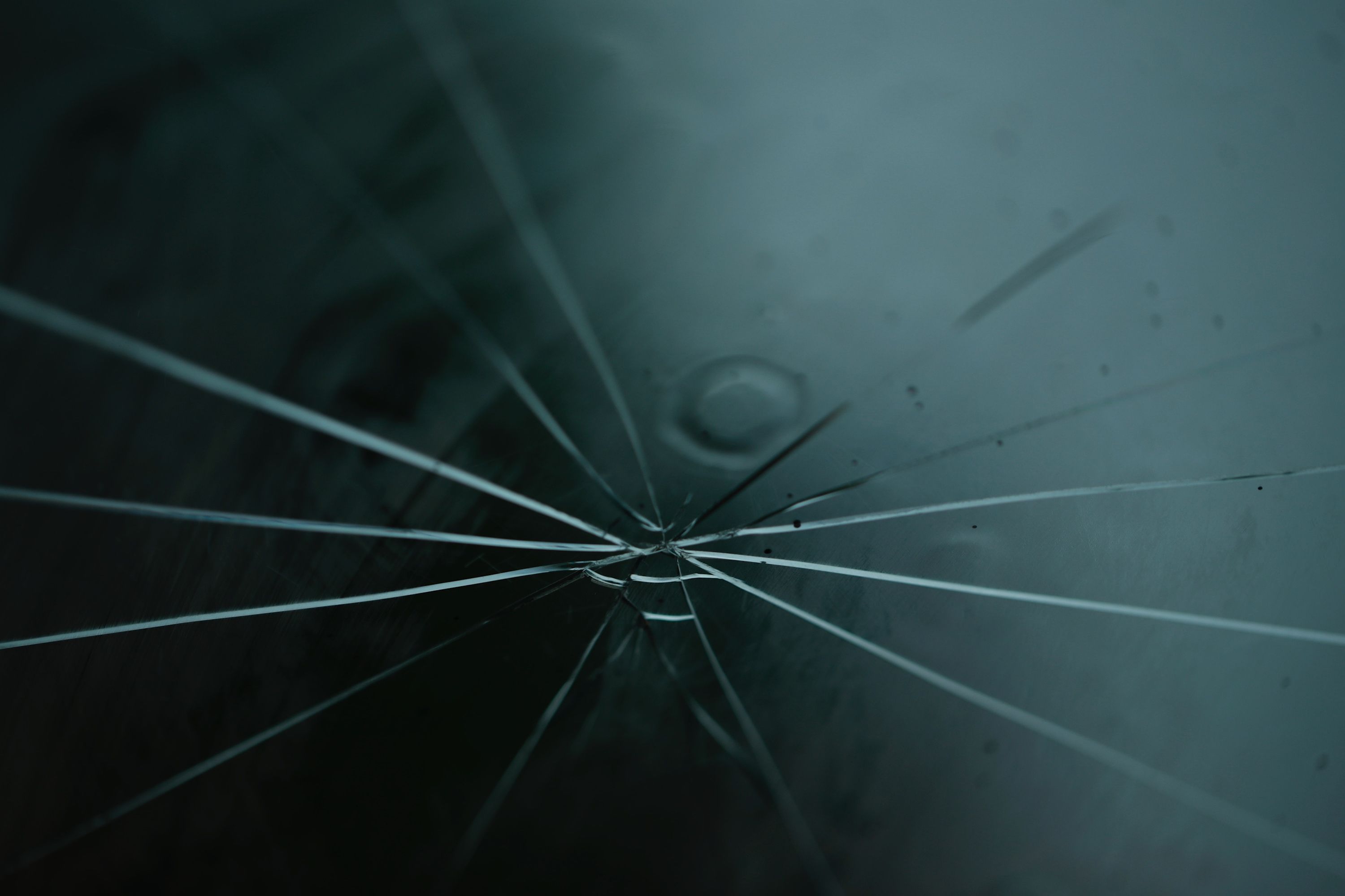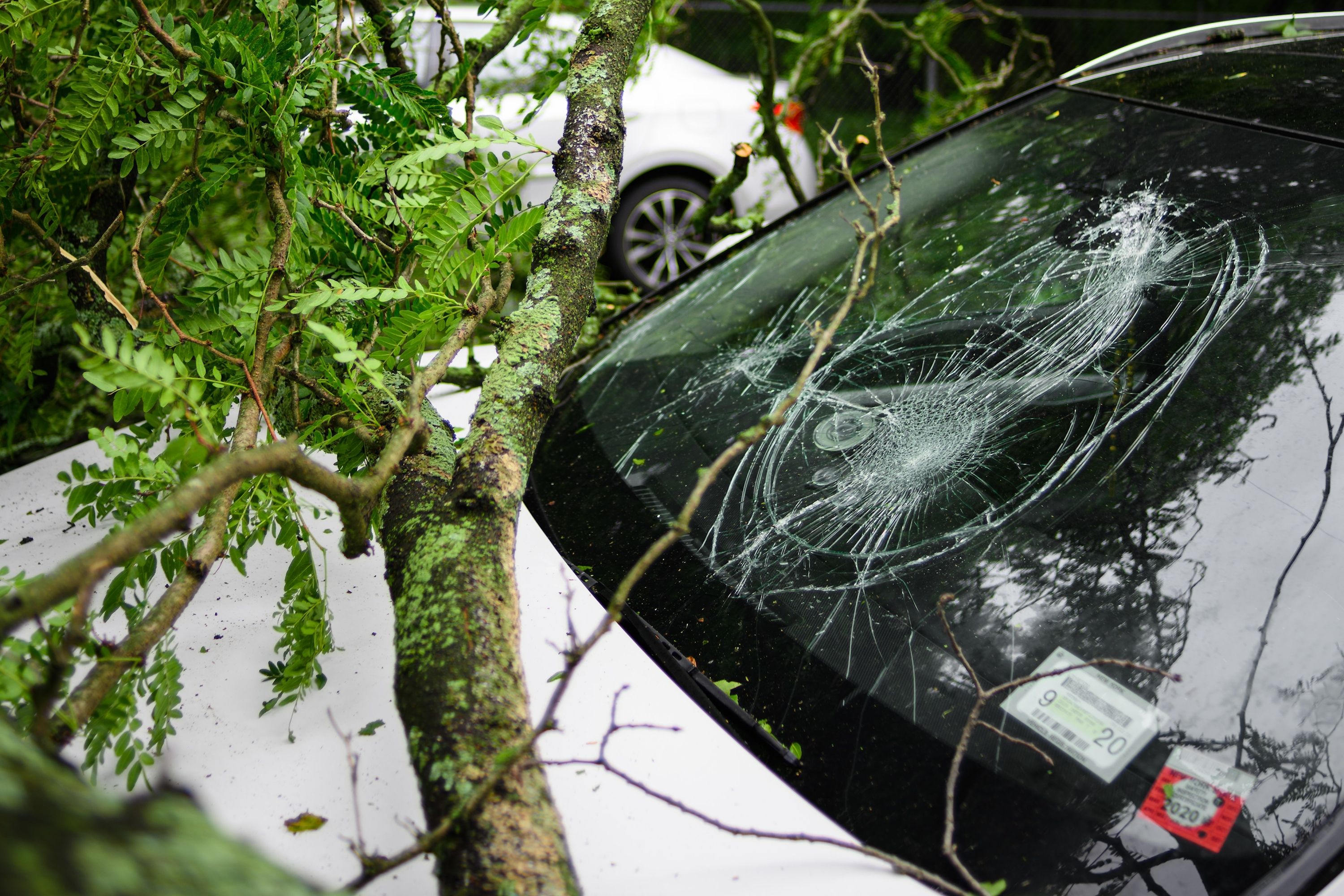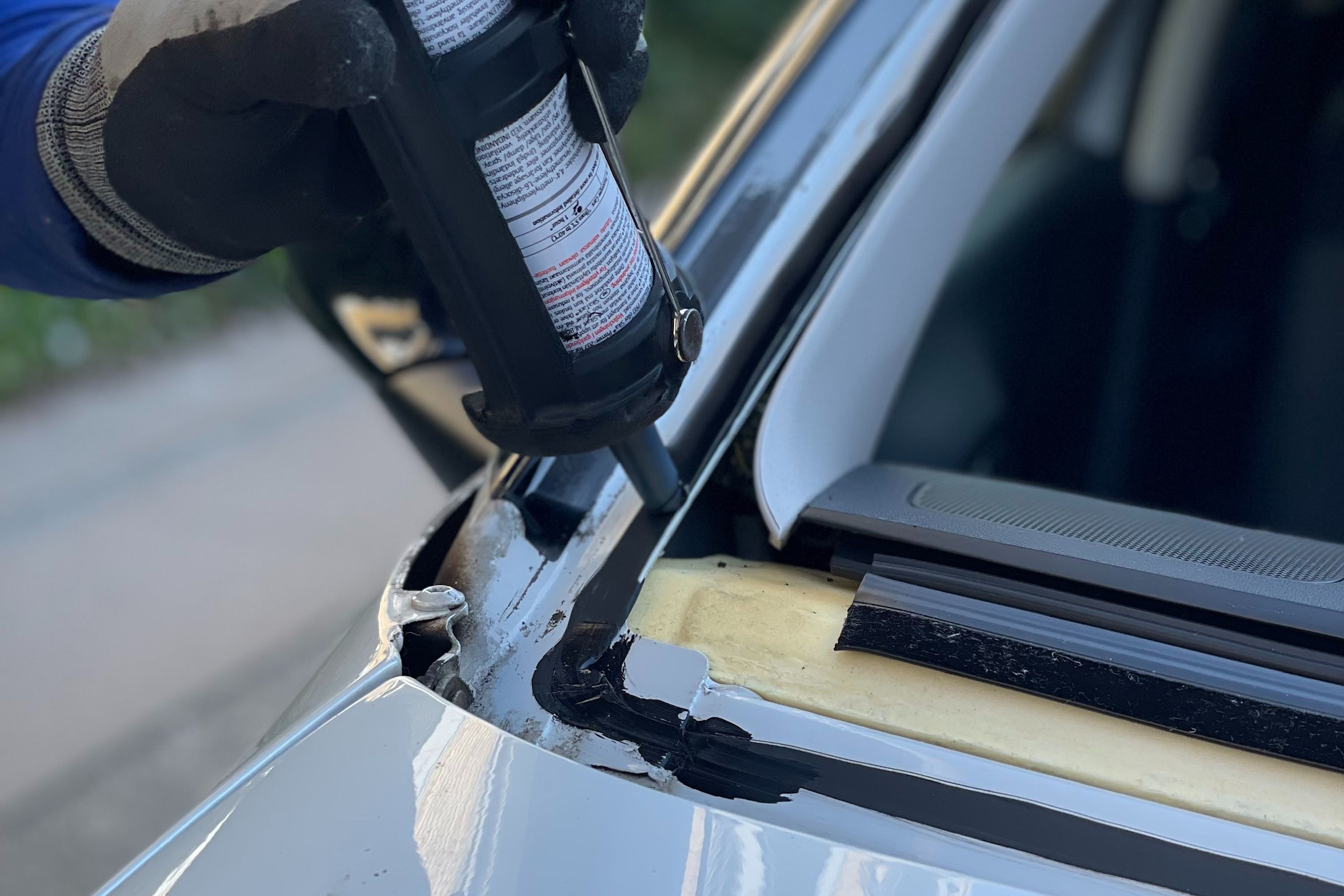
No matter how attentive and careful you are when driving, there's no way to fully avoid stones or other debris occasionally hitting your windshield. This means that small chips or cracks in the windshield are inevitable - whether it's from small stones flicked up by vehicles ahead of you or as a result of some other hazard next to the road, even a small chip in the glass can become a larger crack that you need to deal with.
Not only will knowing how to repair a cracked or chipped windshield save you time and money but having the damage sorted out as quickly as possible is important to your safety, too. Here's why it's important and how to determine whether or not you can fix your car's cracked or chipped windshield or if you should rather opt for a front windshield replacement.
Should You Ignore A Cracked Windshield?
Before we deal with whether you can fix a cracked windshield or should just replace it, you should take note of why a windshield that is undamaged is important. The role of a windshield is to firstly protect the occupants of the car from wind, debris, dust, bugs, and the elements as you drive. It also helps to ensure you have a clear vision of the road ahead. But there is another important function: safety.
Did you know that your car's windshield provides up to 40% of the structural strength for your car's roof? The support your windshield provides to prevent the roof caving or collapsing in a rollover is very important to overall safety - for this reason, it's important to have a high-quality windshield that is structurally sound and undamaged.
Different Types Of Windshield Damage
The types of windscreen damage you may see also dictate how you should deal with it, so let's take a closer look at the various ways your windshield can be cracked or chipped.
- Surface Chip: Sometimes the debris that hits your car's windshield will chip out just a tiny piece of glass, leaving an almost insignificant mark. This is the most common type and can be a result of stones flicked up by vehicles ahead of you. It may not seem significant but could result in more damage down the line.
- Stress Crack: A stress crack can occur from repeated impacts to the windshield and from extreme temperature changes. Stress cracks are usually long and often always start at the edge of the windshield. If you're dealing with ice on your windshield that causes contraction and expansion as the day warms up, a small chip can easily spread to a larger crack.
- Floater Crack: Floater cracks form around the center of the windshield or at least two inches or more away from the windshield's outer edge. Because the windshield is more vulnerable at the center, floater cracks are susceptible to spreading a lot and quickly. These may also have started as a small chip that expanded due to temperature changes or flex in the car's structure as you drive.
- Edge Crack: These are cracks that start from, or around, the edges of the windshield. The edges are where stress defects are most common. Edge cracks can spread across the windshield quite drastically and they're usually very crooked.
- Bullseye: Bullseye breaks can be caused by a spherical bit of debris like a small rock hitting your car's windshield. They resemble a crater in the glass and can sometimes have concentric rings emanating out from the chip, which can be quite deep.
- Half Moon: A half-moon or partial bullseye chip is also caused by a circular object hitting the car's windshield whilst you're driving. Cracks don't usually form around half-moon chips, but these are still unsightly and can hinder visibility - they also affect the structural integrity of the windshield, even if other cracks don't form from it.
- Starburst: Starburst chips are chips that have small fissures emanating out of them in a star-like pattern. These fissures can spread out and turn into larger windshield cracks if not repaired.
Should You Fix A Small Chip In The Windshield?
The problem with small chips and damage is that they rarely stay small. As you drive your car, the body will flex in small increments, which puts stress on the windshield; if there are any weak points in the glass, this alone is enough to cause a chip to become a crack - even more so during spirited driving. The same thing happens when your car is exposed to the elements and is subject to changes in temperature. Cold, icy air outside and you cranking up the heat from the inside in an attempt to clear the fog from the windshield will cause expansion and contraction, easily turning a chip into a larger crack over time.
The definitive answer here is simple - yes, you should fix even small chips or cracks as soon as possible to avoid them becoming bigger.
How To Repair a Cracked or Chipped Windshield
Now that we know why it's important to repair even small chips as soon as possible, we can look at some ways to repair a cracked or chipped windshield, and decide whether to repair or replace the windshield entirely. The recommendation is always to make use of a professional service that can guarantee a repair and do a proper job. But, if you've determined that you can repair the cracked windshield and want to do so at home, then these are the steps you should follow.
- Purchase a windshield crack or chip repair kit that's appropriate for the crack or chip you're needing to fix.
- Clean the windshield or the area around the crack or chip with a quality window cleaner or rubbing alcohol and microfiber towel, but be sure not to spray the cleaner directly into the crack or chip.
- Use either a can of compressed air, a pick, or a fine brush to remove any dirt, loose glass, and dust lodged in the crack or chip you need to fix.
- If the crack or chip has formed an air bubble, you will need to drill into the glass using a Dremel tool. We'd leave this step to a professional but if you have the correct tool and capability, then be sure not to drill into the windshield integrated vinyl layer.
- Depending on the repair kit you've bought, you'll have to set either a bridge, suction cup, or sticker over the crack or chip you're fixing.
- Some kits will contain a pedestal that you will have to fill with an epoxy resin. The epoxy can be pre-mixed and injected, or it may have to be mixed first. Read the instructions carefully.
- Once ready, place the pedestal over the location of the crack or chip that you're fixing to make applying the epoxy resin easier. Be sure to compress the pedestal as much as you can before pulling back the plunger.
- Draw the plunger back completely before removing the pedestal and be sure not to move it as you want to create a vacuum that will remove any air bubbles in the epoxy. Wait for the allotted time recommended by the kit to ensure that all of the air bubbles escape.
- Allow the epoxy resin to cure by using a UV light or leaving the windshield exposed to sunlight.
- If there is a dent or divot in the crack or chip you've filled, use some of the remaining epoxy resin or "pit filler" to even it out with the surface of the windshield glass.
- Repair kits usually come with a curing strip that you should place over the crack or chip to prevent air bubbles. Hold the strip in place and rub out any air bubbles you see before leaving it on the spot for the recommended duration.
- Remove the strip with a razor after the allotted time has passed, then use the razor to remove any excess epoxy from the windshield.
Naturally, if the damage is so extensive that the windshield is more broken than just damaged, you can't repair it and need to replace it. Here is a quick guide to knowing when you should replace instead of trying to repair or fix the glass:
- If the damage impairs your visibility to any degree or there are a number of chips/cracks
- If the crack is longer than 14 inches or the chip/starburst/bull's eye is larger than 3 inches
- If the damage is near a corner or edge
- If the inner layers of the glass have been reached in terms of depth




